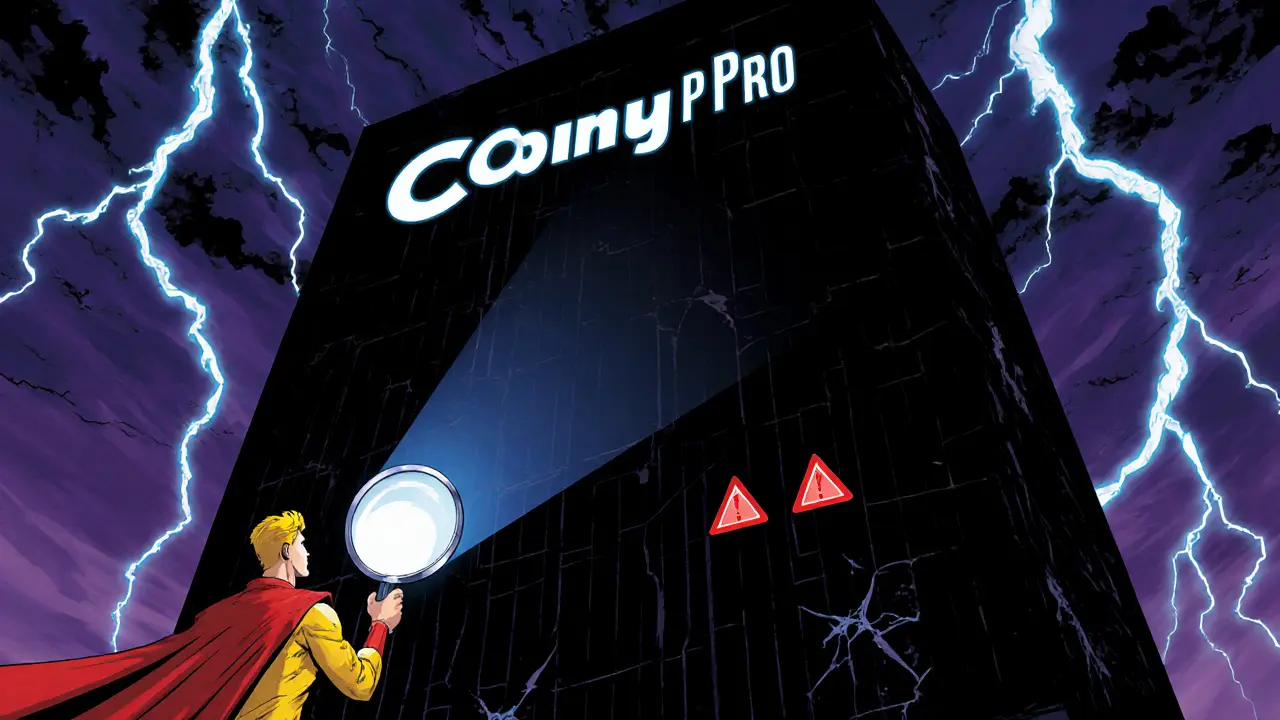When working with crypto exchange review, a systematic assessment of a digital trading platform’s fees, security, asset variety and compliance. Also known as exchange analysis, it helps traders decide where to put their money.
A thorough fee, the charge taken on each trade, deposit or withdrawal structure is often the first thing people look at. Low fees boost net returns, but they can hide other costs like hidden spreads or low‑liquidity slippage. By comparing fee schedules across platforms you can spot when a “free‑trade” promise actually means higher withdrawal fees or a wider spread. In practice, a crypto exchange review requires you to break down maker‑taker rates, tiered discounts and any subscription models, then translate those numbers into real‑world impact on a typical trader’s portfolio.
Security is the next pillar. A security, the set of measures protecting user funds from hacks, insider threats and operational failures rating involves looking at cold‑storage percentages, multi‑sig wallets, regular audits and insurance coverage. When an exchange faces a breach, the fallout often spreads to users’ confidence in the whole market. That’s why a solid crypto exchange review encompasses an evaluation of both technical safeguards (like hardware security modules) and procedural safeguards (such as KYC/AML processes). The better the security posture, the lower the risk of losing assets, which directly influences a trader’s willingness to allocate capital.
Regulation ties the whole picture together. A regulation, the legal framework that governs licensing, reporting and consumer protection for digital asset platforms check tells you whether an exchange operates under a recognized jurisdiction, holds the necessary licenses and follows tax‑reporting rules. In regions like the EU, the U.K. or Southeast Asia, licensing requirements differ dramatically, affecting everything from deposit limits to dispute resolution. Because regulation influences both fees (through compliance costs) and security (through mandated audits), a crypto exchange review must weigh the regulatory environment against the platform’s service quality.
Finally, user experience rounds out the assessment. A platform’s UI, customer support responsiveness, and educational resources determine how quickly a new trader can start executing strategies. Even the most secure, low‑fee exchange can lose users if its dashboard is confusing or its help desk is unresponsive. By scoring the onboarding flow, mobile app performance and community engagement, a crypto exchange review paints a complete picture of the day‑to‑day reality of trading on that platform.
All of these pieces – fees, security, regulation and user experience – interlock like a puzzle. A well‑crafted review requires you to map each factor to the trader’s goals, whether that’s minimizing costs, safeguarding assets, staying compliant or simply enjoying a smooth interface. Below you’ll find a collection of articles that break down each of these elements for specific exchanges, compare their strengths, and highlight the actionable insights you need to pick the right platform for your own strategy.

A concise review of ioBanker DEX covering its features, fees, security, and who should use it in 2025.

A detailed review of International Domestique Exchange (INDOMEX), covering features, fees, security, mobile app, and a side‑by‑side comparison with Indonesia's Indodax.

Learn where to trade Cropper (CRP) tokens, which exchanges list them, how to buy safely, and what risks to watch in 2025.

Explore why the RadioShack crypto exchange on Fantom doesn't exist, learn about real Fantom DEXs, and get a safety checklist for secure crypto trading.

A thorough Coiny Pro review exposing missing fee info, security gaps, and regulatory doubts, while comparing it to top US crypto exchanges and offering safe alternatives.